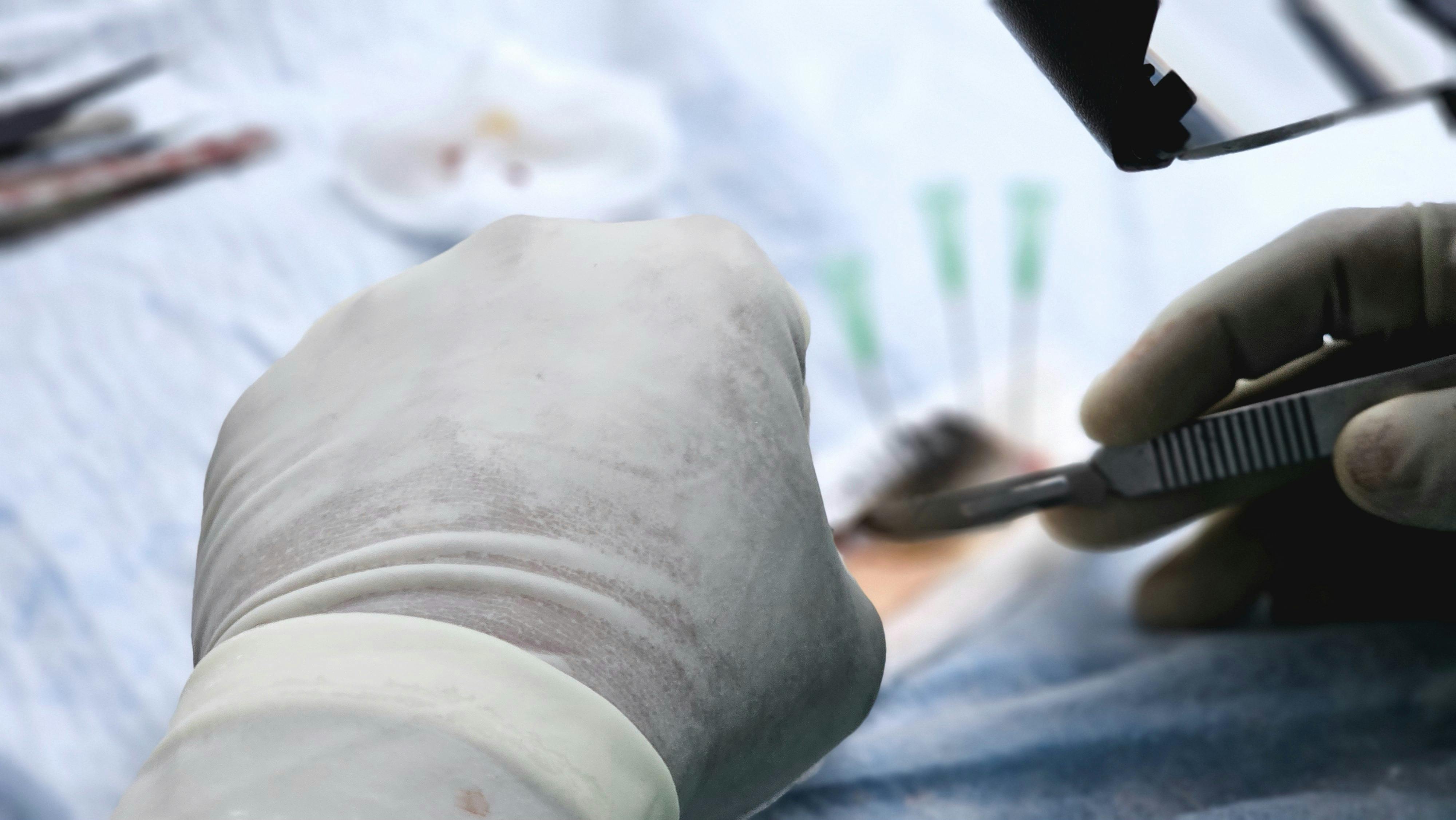Demystifying Hair Transplant: The Science, Techniques, and Outcomes
Hair loss has been a common problem since time immemorial, affecting millions of individuals worldwide. It causes significant psychological distress, impacting self-esteem and overall quality of life. As a result, various remedies have been sought, from ancient herbal concoctions to modern pharmaceutical solutions. However, when these remedies fail, the last resort for many has become hair transplantation. This article aims to demystify hair transplant, its techniques, and outcomes.

A Historical Look at Hair Transplant
The first successful hair transplant procedure was performed in the 1930s in Japan, but it was not until the 1950s that the procedure was introduced to the western world. Initially, hair transplants were performed using a technique called punch grafting, which involved transplanting large groups of hair follicles, leading to an unnatural, “pluggy” look. However, with advancements in technology and surgical techniques, hair transplant procedures have evolved significantly over the years, offering more natural-looking outcomes.
Understanding the Science Behind Hair Transplant
Hair transplantation is based on the principle of ‘donor dominance’ in hair transplantation, a concept introduced by Dr. Norman Orentreich in the 1950s. The theory posits that hair follicles taken from areas resistant to balding, typically the back or sides of the head, will maintain their resistance to hair loss even when transplanted to a balding area.
During a hair transplant procedure, individual hair follicles are moved from the ‘donor site’ to the ‘recipient site’. This process is meticulous and requires high expertise to ensure that the transplanted hair follicles survive and grow in the new location.
Common Techniques in Hair Transplant
There are two primary techniques used in modern hair transplant procedures: Follicular Unit Transplantation (FUT) and Follicular Unit Extraction (FUE).
FUT, often referred to as strip surgery, involves removing a thin strip of hair-bearing skin from the back or side of the scalp. The strip is then dissected into individual follicular units, which are implanted into the balding areas.
On the other hand, FUE involves extracting individual hair follicles from the donor site and transplanting them directly into the recipient site. This technique leaves no linear scar, but may result in tiny dot scars that are usually unnoticeable.
Outcomes and Impact of Hair Transplant
The success of a hair transplant procedure is gauged by the survival and growth of the transplanted hair follicles. Generally, it takes about 12 months to see the full results of a hair transplant. However, the success rate varies from person to person, depending on factors such as the quality of the donor hair, the skill of the surgeon, and the patient’s adherence to post-operative care instructions.
Hair transplant has a profound impact on individuals, improving their appearance and boosting their self-confidence. However, it’s important to have realistic expectations. While hair transplant can help restore a fuller head of hair, it may not achieve the same hair density one had in their youth.
Public Reception and Current Trends
The public reception of hair transplantation has largely been positive, with many people embracing it as a solution to hair loss. The rise of celebrities openly discussing their hair transplant procedures has also helped to destigmatize the procedure and increase its acceptance.
In terms of current trends, there is a movement towards more minimally invasive techniques, such as FUE, due to their ability to produce natural-looking results with minimal scarring. Additionally, advancements in technology are improving the precision and efficiency of the procedure, reducing recovery time and enhancing outcomes.
A Look at Unique Insights
While hair transplant procedures have been largely successful, they are not without challenges. One of the key issues is the limited supply of donor hair, especially in individuals with extensive hair loss. However, ongoing research into hair cloning and hair multiplication techniques could potentially overcome this limitation in the future.
In conclusion, hair transplantation has come a long way since its inception, offering hope for individuals dealing with hair loss. However, as with any medical procedure, it’s vital to consult with a reputable and experienced surgeon, understand the risks and benefits, and set realistic expectations for the outcome.




